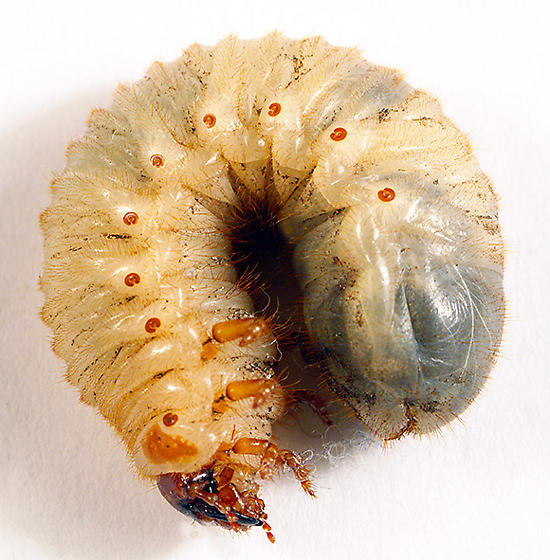|
|
Identification, Images, & Information For Insects, Spiders & Their Kin For the United States & Canada |
|
Clickable Guide
Calendar
Upcoming Events
Registration is open for the 2024 BugGuide gathering in Idaho July 24-27 Moth submissions from National Moth Week 2023 Photos of insects and people from the 2022 BugGuide gathering in New Mexico, July 20-24 Photos of insects and people from the Spring 2021 gathering in Louisiana, April 28-May 2 Photos of insects and people from the 2019 gathering in Louisiana, July 25-27 Photos of insects and people from the 2018 gathering in Virginia, July 27-29 Previous events |
| |||||||||||







